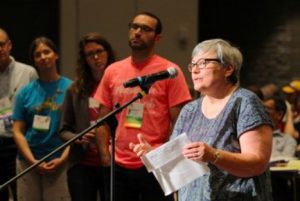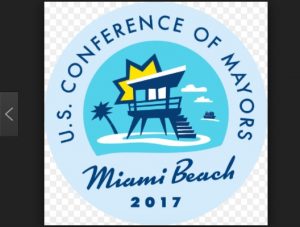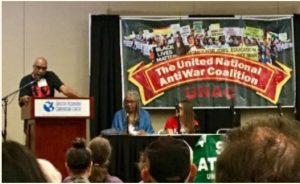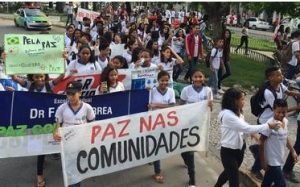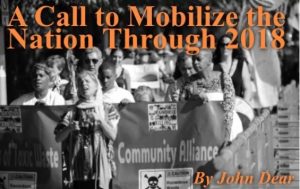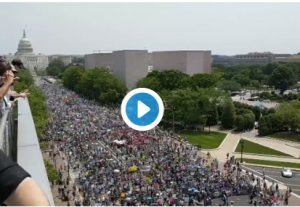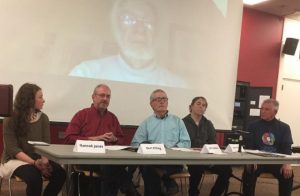…. HUMAN RIGHTS ….
Announcement by the People’s Congress of Resistance
In the face of the assault waged against working class and poor communities and the environment by the Trump Administration a grassroots People’s Congress of Resistance will convene in Washington, D.C. on September 16 and 17, 2017.
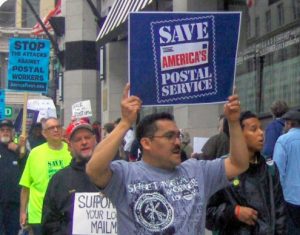
The People’s Congress of Resistance will be the voice of the people – an expression of direct democracy of those who are left out and kept out of the Congress of plutocrats.
Real representatives
The People’s Congress of Resistance will bring together grassroots resisters from every part of the country. Delegates will come from
* the now impoverished and hollowed-out industrial communities of the Midwest;
* immigrant families being ripped apart by ICE raids
* African American communities that are being devastated by unemployment, poverty, gentrification, and police violence
* towns of devastated Appalachia where jobs left but millions of opioid pills were simultaneously pumped in by profit-driven pharmaceutical companies
* The Native community, on the frontline in the fight for Mother Earth, and in defense of Native sovereignty and self-determination
* educators and parents struggling to improve rather than destroy public education
* activists fighting to defend the lives and core rights of women
* environmental and community activists fighting to stop fracking and the corporate destruction of the planet
* LGBTQ organizers fighting back against bigotry
* health care workers and advocates who are demanding a Single-Payer national health program
(Article continued in the right column)
The post-election fightback for human rights, is it gathering force in the USA?
(Article continued from the left column)
* the Muslim-American community which is being demonized and targeted by hate crimes and hatred
* organizers who have been fighting the Military-Industrial Complex as a self-perpetuating monster that incentivizes more and more wars and allows the biggest corporations to loot the national treasury under the pretext of national security.
This is the People’s Congress of Resistance that will meet on September 16 and 17 at the Blackburn Center at Howard University in Washington, D.C.
A platform and an action plan
The People’s Congress of Resistance will meet in large plenary sessions and in smaller break-out meetings.
It will chart a path of nationwide grassroots resistance and mobilization to defeat Trump’s reactionary program of unrestrained capitalism. This path will draw on the experiences of the grassroots, amplifying the voices and spreading the tactics of those who are already fighting back to defend their communities.
The People’s Congress of Resistance will also project its own platform and vision of what America should be if it is to be a society truly devoted to fundamental social and political rights.
That is a society that places political and economic power in the hands of “We, The People” rather than the plutocrats. Each individual needs not just the right to vote for politicians who serve the rich, but the rights to a job or basic income, health care, housing and education.
An independent path
The People’s Congress of Resistance will represent the real resistance, the grassroots. Trump’s reactionary agenda constitutes a fearsome assault against the rights and needs of the people.
But we also reject the Democratic Party elites, in Congress and outside, who have refused to fight the right-wing during the past decades and have instead embraced the wretched policies of neoliberal capitalism that have devastated communities and left one of every two Americans living in or near poverty while allowing the top one-tenth of 1 percent of Americans to own almost as much wealth as the bottom 90 percent.
History has shown that change comes from the bottom up, it comes from the dedication and determination and resolve of the grassroots. As we learned from the great Frederick Douglass: power concedes nothing without struggle! The People’s Congress of Resistance will be convened in that spirit and in that tradition.
